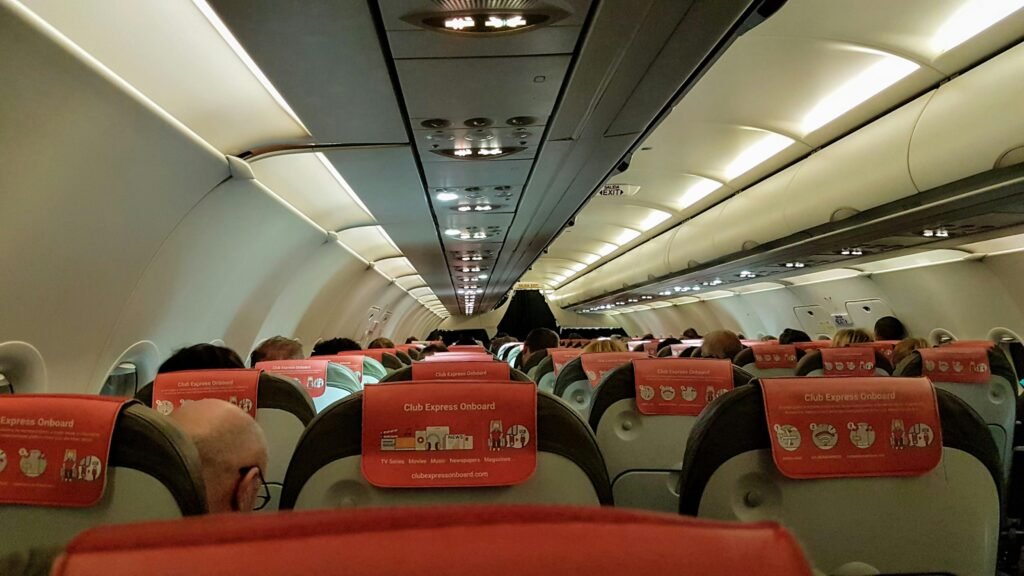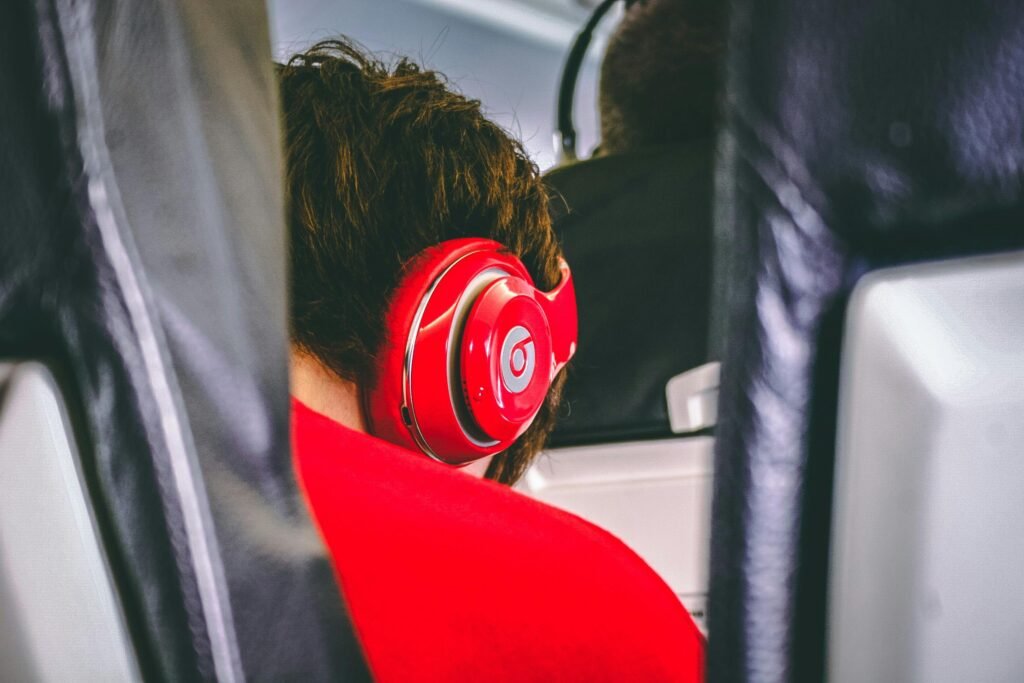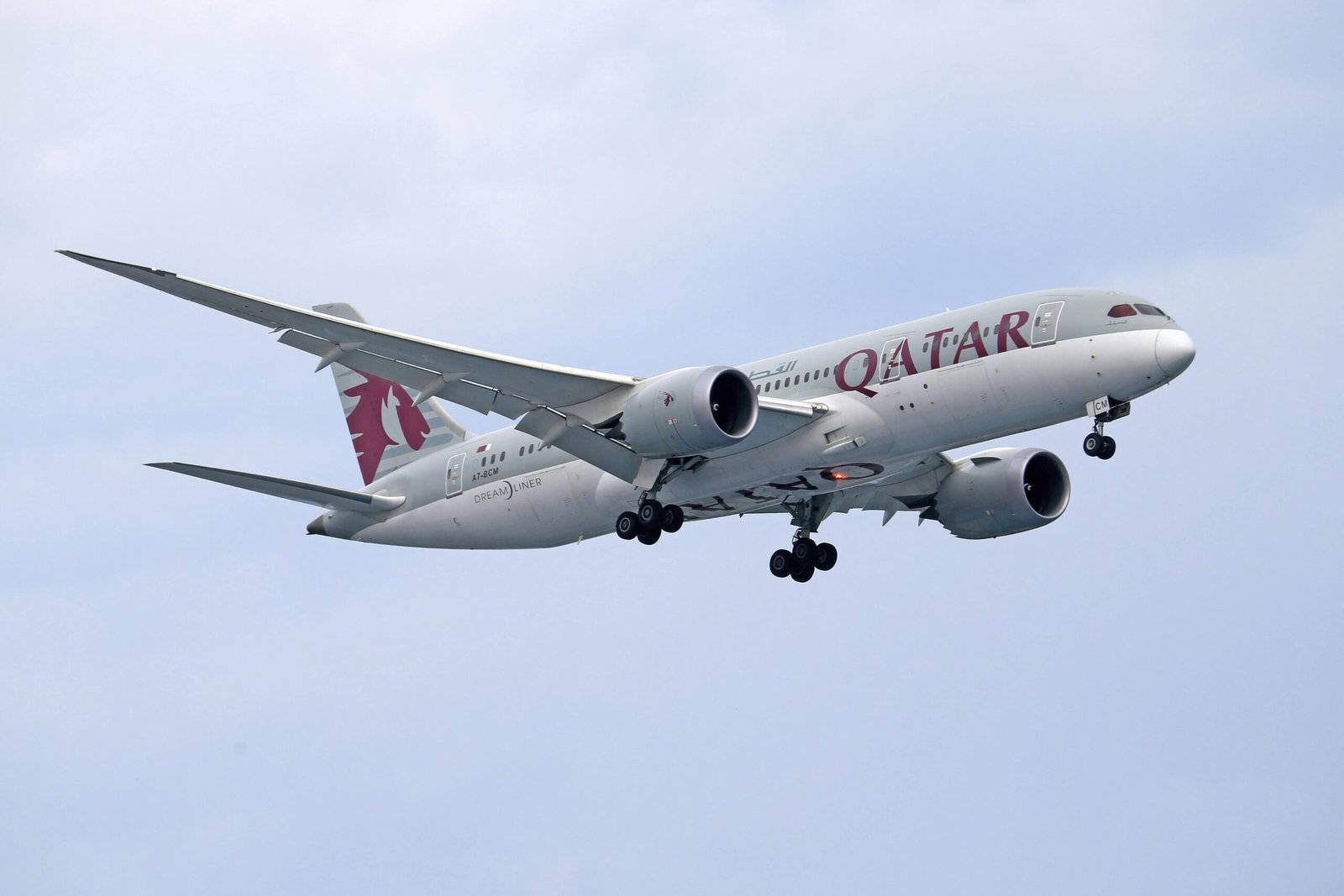Ever wondered why some passengers emerge from a 12-hour flight looking refreshed whilst you feel like you’ve been tumbled through a washing machine? The secret isn’t luck—it’s preparation. Recent data shows British travellers are increasingly eyeing long-haul holidays for 2025, with flight searches to destinations like Zimbabwe up by 93%, making these survival tips more crucial than ever.
Whether you’re heading to Australia, South Africa, or Thailand, conquering a long-haul flight doesn’t have to be an endurance test. After years of crossing time zones and learning from countless mistakes (including that disastrous red-eye to Singapore where I forgot to pack socks), I’ve distilled the art of comfortable long-distance flying into 12 game-changing strategies that will transform your journey from ordeal to opportunity.
Why Long-Haul Flight Preparation Matters More Than Ever
The average long-haul flight from the UK lasts 8-14 hours, during which your body faces dehydration, disrupted circadian rhythms, and cramped conditions. But with proper preparation, you can arrive at your destination feeling human rather than like a dishevelled zombie.
Experts recommend arriving at the airport at least 3 hours before long-haul departure, but your preparation should start days before you even set foot in the terminal.

1. Master Your Seat Selection Strategy
Your seat choice can make or break your flight experience. Don’t leave this to chance—research your aircraft layout on SeatGuru before booking.
The Golden Rules:
- Aisle seats: Perfect if you’re tall, need frequent bathroom breaks, or want easy access to overhead bins
- Window seats: Ideal for sleepers and photography enthusiasts (plus you control the window shade)
- Emergency exit rows: More legroom, but you can’t recline and must be physically able to assist in emergencies
- Avoid: Seats near lavatories (constant traffic and odours), last rows (limited recline), and middle seats in the centre section of wide-body aircraft
Pro tip: Check if your airline offers seat selection 24 hours before departure—sometimes better seats become available as passengers change their bookings.
2. Dress for Success: The Art of Flight Fashion
Forget about impressing fellow passengers—comfort is king on long-haul flights. The cabin temperature fluctuates dramatically, and your feet will swell, so plan accordingly.
The Perfect Flight Outfit:
- Base layer: Breathable cotton or merino wool t-shirt
- Bottom half: Loose-fitting trousers or leggings (avoid jeans—they restrict circulation)
- Footwear: Slip-on shoes you can easily remove (your feet will thank you)
- Layers: Lightweight cardigan or hoodie for temperature control
- Compression socks: Prevent deep vein thrombosis and reduce swelling
I learned this lesson the hard way on a flight to Bangkok wearing skinny jeans—by hour six, I felt like a sausage in its casing.
3. Pack Your Survival Kit: Essential Carry-On Items
Your carry-on is your lifeline. Pack strategically, keeping essentials easily accessible.
The Ultimate Long-Haul Survival Kit:
- Neck pillow: Memory foam versions provide better support than inflatable ones
- Eye mask and earplugs: Blackout your environment for better sleep
- Noise-cancelling headphones: Avoid relying on airline-provided earbuds, which are typically uncomfortable for extended use
- Power bank: Keep devices charged during lengthy flights
- Toiletries: Travel-sized toothbrush, toothpaste, face wipes, moisturiser, and lip balm
- Medications: Include any prescription drugs plus paracetamol for headaches
- Entertainment: Downloaded films, books, podcasts, or games for offline use
- Snacks: Protein bars, nuts, or dried fruit to supplement airline meals
4. Hydration is Your Best Friend
Cabin air contains only 10-20% humidity—drier than the Sahara Desert. This leads to dehydration, headaches, and that awful dry-mouth feeling.
Hydration Strategy:
- Drink 240ml of water per hour of flight time
- Buy a large bottle of water after security, or bring an empty bottle to fill up at airport fountains
- Limit alcohol and caffeine—they’re diuretic and worsen dehydration
- Use a hydrating face mist during the flight
- Apply lip balm regularly to prevent cracking
5. Timing Your Sleep: The Science of In-Flight Rest
Strategic sleeping can help minimise jet lag and make your flight feel shorter.
Sleep Timing Rules:
- Eastbound flights: Try to sleep during your destination’s nighttime hours
- Westbound flights: Stay awake to match your arrival time zone
- Red-eye flights: Sleep as much as possible, regardless of timing
Sleep Enhancement Tips:
- Create a bedtime routine similar to home: reading, sleep meditation, eye mask, and earplugs whilst avoiding screen glare for an hour before attempting sleep
- Consider natural sleep aids like melatonin (consult your GP first)
- Recline your seat fully if possible—every degree helps
- Use a lumbar support pillow for back comfort
6. Move Your Body: Combat Flight Fatigue
Sitting motionless for hours wreaks havoc on circulation and leaves you feeling stiff and sluggish.
In-Flight Exercise Routine:
- Every hour: Stand and walk the aisle for 2-3 minutes
- Seated exercises: Ankle rolls, calf raises, and shoulder shrugs
- Stretching: Reach overhead, twist your spine gently, and roll your neck
- Compression gear: Wear compression socks throughout the flight
The business passengers might give you odd looks when you’re doing seated stretches, but your body will feel infinitely better upon landing.
7. Navigate Airline Meals Like a Pro
Airline food has improved dramatically, but timing and choices still matter for comfort and digestion.
Meal Strategy:
- Pre-order special meals: Often fresher and served first (try Asian vegetarian or kosher options)
- Eat lightly: Heavy meals can cause bloating and discomfort at altitude
- Time your eating: Align meals with your destination’s meal times to help reset your body clock
- Supplement wisely: Pack healthy snacks for between meals
What to avoid: Excessive salt (increases water retention), beans and cruciferous vegetables (cause gas at altitude), and anything too spicy.
8. Master Your Entertainment Strategy
Boredom amplifies every discomfort. Plan your entertainment menu before boarding.
Entertainment Essentials:
- Download offline content: Don’t rely on in-flight WiFi or entertainment systems
- Mix formats: Alternate between films, podcasts, audiobooks, and games
- Bring backup: Ensure you have more content than you think you’ll need
- Consider learning: Language apps or educational podcasts make productive use of flight time
Create different playlists for different moods—upbeat music for energy, calming sounds for sleep, and engaging podcasts for mental stimulation.
9. Skincare at 35,000 Feet
The low humidity and recycled air can leave your skin feeling like parchment. A proper skincare routine helps you arrive looking fresh.
In-Flight Skincare Routine:
- Cleanse: Use gentle face wipes to remove makeup and refresh
- Moisturise: Apply a rich moisturiser every few hours
- Lips and eyes: These areas are most susceptible to drying out
- Face mist: Spray periodically for instant hydration
- Skip makeup: Let your skin breathe during the flight
Pack everything in travel-sized containers to comply with liquid restrictions.
10. Jet Lag Prevention Starts Before You Fly
Don’t wait until you land to address jet lag—preparation is key to faster adjustment.
Pre-Flight Preparation:
- Adjust sleep schedule: Gradually shift bedtime 30 minutes daily for 3-4 days before travel
- Light exposure: Use bright light in the morning if travelling east, evening if travelling west
- Meal timing: Start eating according to your destination’s schedule 2-3 days before departure
During Flight:
- Set your watch to destination time immediately after takeoff
- Force yourself to sleep and wake according to destination schedule
- Avoid napping upon arrival if it’s daytime at your destination
11. Technology and Connectivity Tactics
Staying connected and powered up requires strategic planning.
Tech Essentials:
- Power bank: Minimum 10,000mAh capacity for multiple device charges
- Universal adapter: Many aircraft have different plug types
- Offline maps: Download Google Maps offline before departure
- Travel apps: Currency converters, translation apps, and local transportation apps
- Document backup: Store digital copies of important documents in cloud storage
WiFi Strategy: Many airlines now offer free messaging or affordable full internet packages. Research your airline’s offerings and purchase before boarding for better rates.
12. Arrival Strategy: Hit the Ground Running
Your long-haul flight strategy shouldn’t end when the plane touches down.
Post-Flight Recovery:
- Immediate hydration: Drink water as soon as you disembark
- Natural light exposure: Get outside as quickly as possible to help reset your circadian rhythm
- Light exercise: A walk or gentle stretch helps circulation and reduces stiffness
- Strategic napping: If you must nap, limit it to 20-30 minutes and avoid sleeping past 2 PM local time
- Local meal timing: Eat according to local schedule, even if you’re not hungry

Budget-Friendly Bonus Tips
Long-haul comfort doesn’t have to break the bank:
- Timing: Book flights on Tuesdays and Wednesdays for better prices
- Upgrade strategies: Check for last-minute upgrade offers at check-in
- Lounge access: Consider day passes for premium airport lounges—often worth the cost for long layovers
- Pack smart: Bringing your own entertainment and snacks saves money and ensures you get what you want
Your Long-Haul Flight Action Plan
Mastering long-haul flights transforms them from endurance tests into opportunities for rest, reflection, or productivity. The key lies in preparation—from choosing the right seat to packing strategically and timing your sleep correctly.
Remember, every frequent flyer was once a nervous first-timer. Start implementing these strategies gradually, and you’ll soon find yourself joining the ranks of travellers who actually look forward to long flights as a chance to disconnect from the world and arrive at amazing destinations feeling refreshed and ready for adventure.
Ready to put these tips into action?
Start planning your next long-haul adventure by researching your route, checking aircraft configurations, and building your ultimate carry-on survival kit. Your future, well-rested self will thank you for the preparation.
Safe travels, and may your next long-haul flight be your most comfortable yet!

